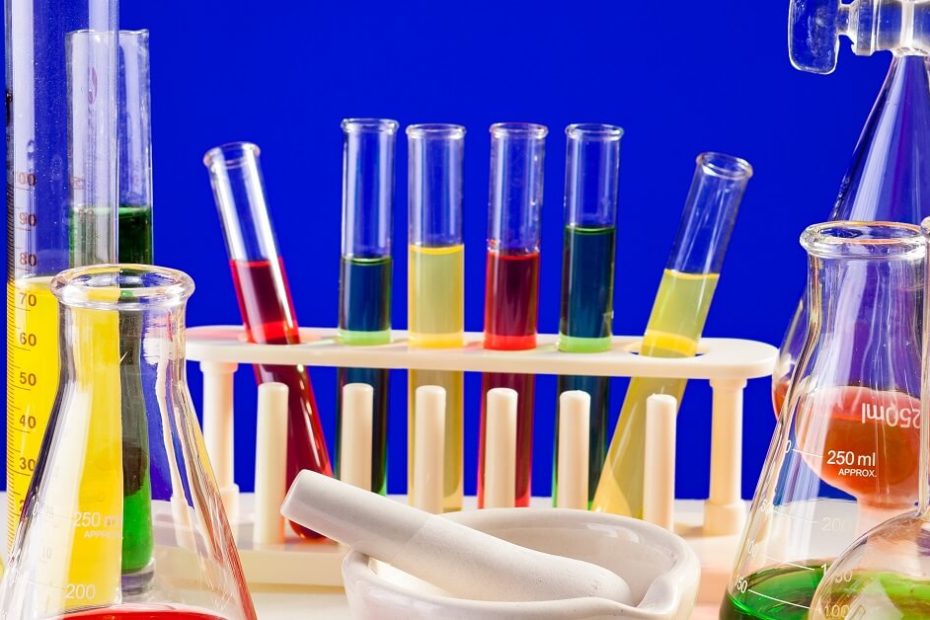Are you looking for chemistry homework help? Is it because you have to complete a worksheet on chemical reactions? If yes! Then do not worry as this post will help you learn about its types and definitions. But before moving further, it is essential to understand the concept of a chemical reaction.
What is a Chemical Reaction?
Science is a mesmerizing subject, and sometimes it can bring multiple challenges for students. Thus, they often seek chemistry and physicshomework help to resolve their doubts and issues. One such concept is chemical reactions and their several types. It’s tough for students to understand and classify the equations and get stuck in a loop of doubts. But you need not worry, as below you will find a simple explanation of the topic by experts.
A chemical reaction is a simple process where bonds break within the reactant molecules. They form new combinations within the product molecules and lead to the formation of a substance. Such reactions are around us in our food, bodies, and nature. Some day-to-day examples of the same are the rusting of iron gates, photosynthesis in plants, and the digestion of food. In a chemical change, a new substance forms by absorbing or giving off energy. Compounds that go through the transformation are reactants, whereas the newly formed substance defines as a product.
Various factors, like pressure, temperature, and concentration of the reactants, affect a chemical reaction. Now that we understand this basic concept; let’s learn their types.
What Are the 5 Types of Chemical Reactions?
As discussed earlier, a reaction occurs when a reactant goes through a chemical and physical change to form a new product. Now, let’s understand its different types.
1. Combustion Reaction
The chemical reaction that gives off heat and light by burning in the presence of oxygen is combustion. Substances that undergo this process are defined as combustible reactions. A few examples of these reactions are the burning candle and when sulfur burns in the air.
Types of Combustion Reactions:
Complete Combustion:
It happens when sufficient oxygen is present for the reaction. In this way, the substances can easily combine to their maximum extent to form a new product. Moreover, heat and light are the visible products of such reactions.
Incomplete Combustion:
It occurs when the substances do not burn completely due to insufficient oxygen. Such reactions also form Carbon monoxide and leave soot in the container.
2. Decomposition Reaction
As the name suggests, it is a chemical reaction where one reactant breaks down into different parts to form two or more products. An everyday example of this reaction is the decomposition of carbonic acid in soft drinks
Types of Decomposition Reactions:
Thermal Decomposition:
This reaction requires the supply of thermal energy to its reactants in the form of heat. It is endothermic, as energy is required to break the elements into different parts.
Electrolytic Decomposition:
Electrical energy is supplied to reactants to activate the reaction process. An example of this process is the electrolysis of water.
Photodecomposition:
This process is also known as photolytic and photochemical decomposition. It absorbs energy from photos and breaks down its reactants to form new by-products.
3. Neutralization Reaction
It is a reaction wherein acid and base substances quantitatively react together and form salt and water as their products. Thus, a neutralization reaction is generally an acid-base reaction. The most common example of this reaction is the formation of sodium chloride, which is a common salt.
Types of Neutralization Reactions:
Strong Acid, Strong Base: It dissociates in aqueous conditions. When a strong acid neutralizes a strong base, the result is neutral.
Strong Acid, Weak Base: Weak bases don’t dissociate and cannot neutralize the acid. Thus, the final solutions are acidic.
Strong Base, Weak Acid: In aqueous conditions, weak acids do not dissociate. Thus, the resultant solution is basic.
Weak Acid, Weak Base: Here, both the acids and bases are unable to dissociate, so neutralization is not seen. Thus, this leads to an equilibrium state.
4. Redox Reaction
This reaction is one of the simplest ones, yet students may find it utterly confusing. It is a process that involves the transfer of electrons from one chemical substance to another. Energy changes in the form of heat, light, and electricity are observed. Also, this reaction includes the addition of oxygen and hydrogen to different substances. If you still have doubts and are unable to solve equations, you can seek online chemistry homework help from experts.
Types of Redox Reactions:
Oxidation Reaction: It is a process that includes the addition of oxygen, or an electronegative process, and the deduction of hydrogen, or any electropositive substance.
Reduction Reaction: In this reaction, hydrogen or an electropositive element undergoes addition and removes oxygen or any electronegative element.
5. Combination Reaction:
It is also known as a synthesis essay and is one of the easiest concepts in chemical reactions. It is a process where multiple compounds or elements combine due to some physical conditions to form a complex product.
Types of Combination Reactions:
Element-Element Combination: Two or more elements undergo a reaction to form a compound substance.
Element-Compound Combination: This reaction is a mixture of elements and compounds that together forms another compound substance.
Compound-Compound Substance: Multiple compounds react to form another as a by-product.
Conclusion:
A chemical reaction is a process wherein bonds undergo a physical and chemical change to form a new product. Some day-to-day examples of the same are the burning of a candle and the rusting of iron. Until now, you must have understood the types of chemical reactions and their differences. To get a detailed explanation of the topic, you can seek chemistry homework help from experts.
